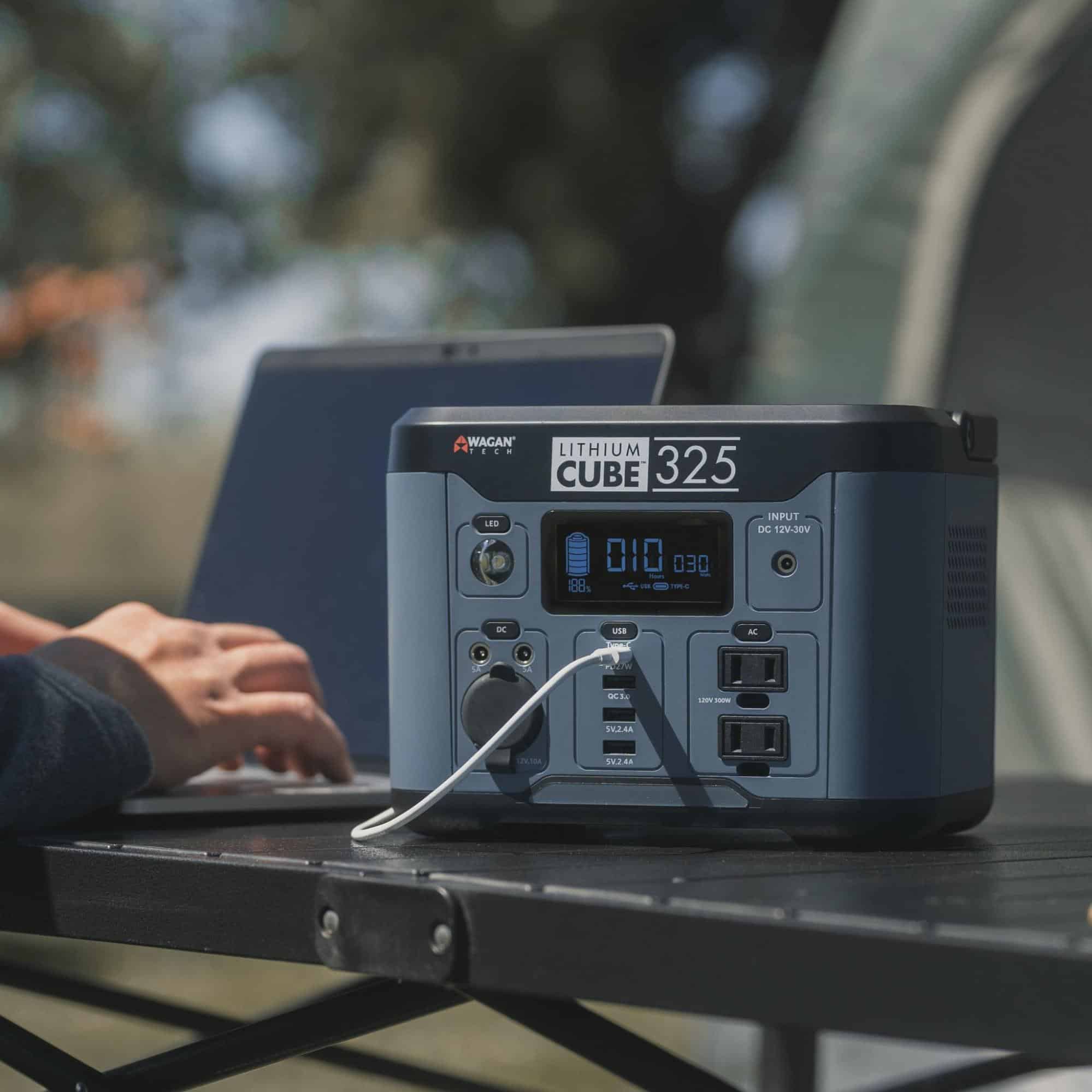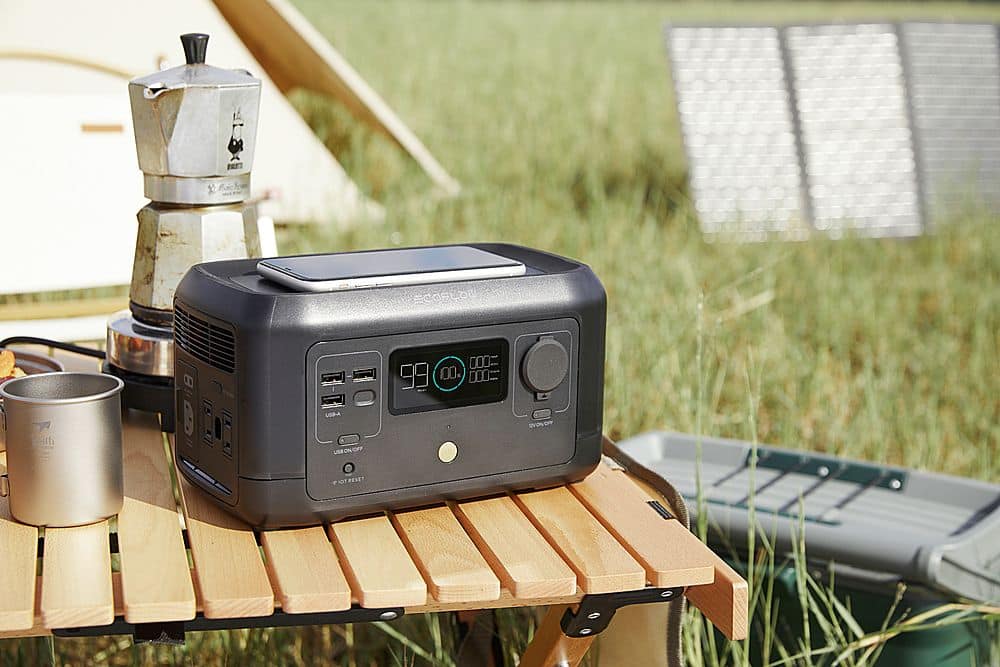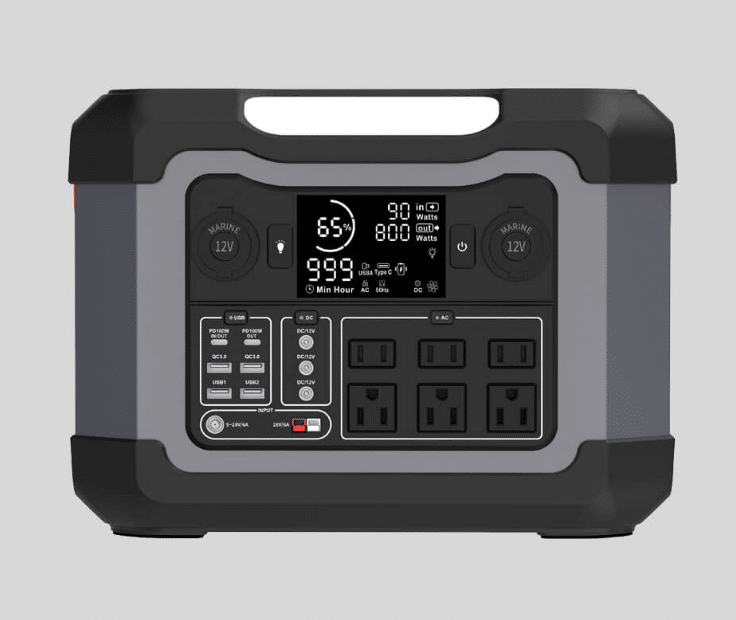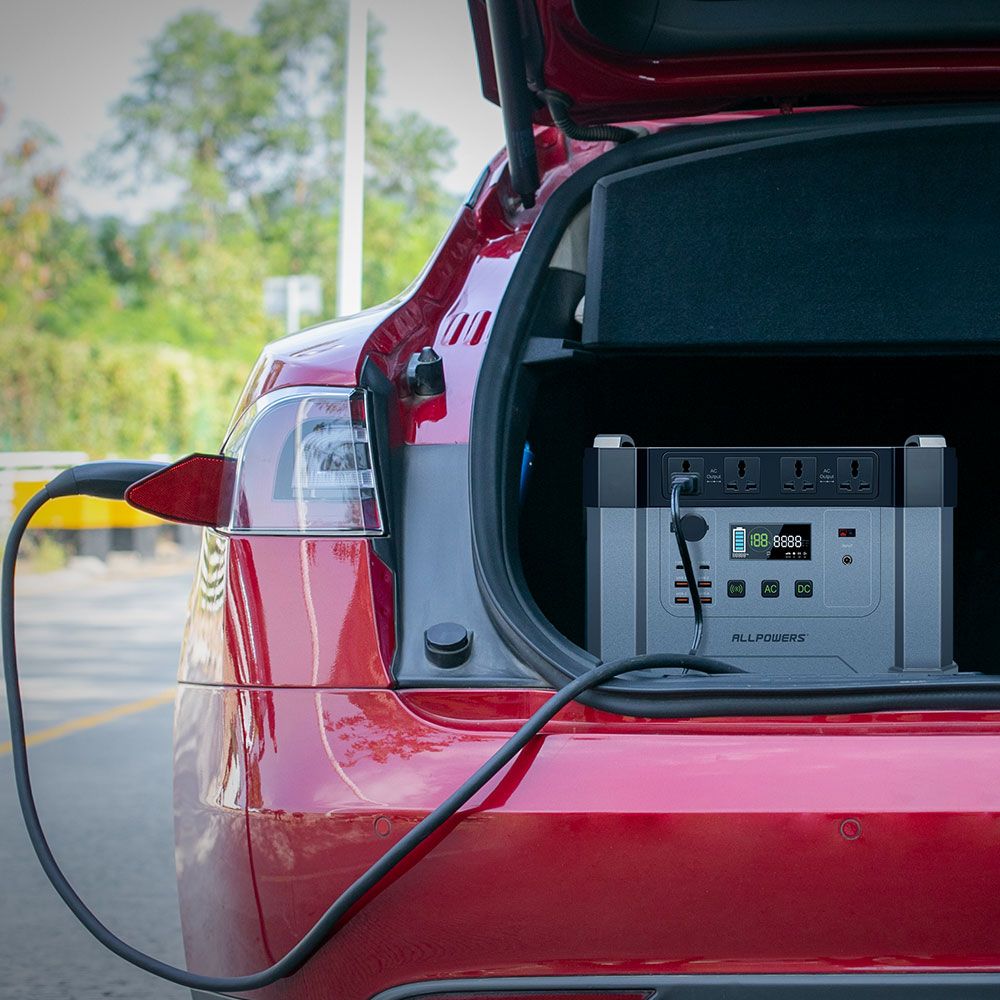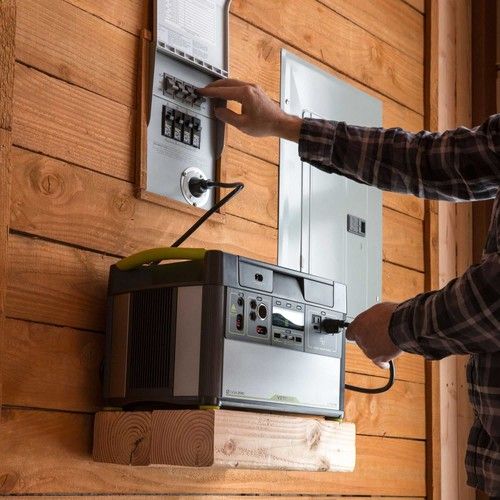Reserve capacity battery meaning
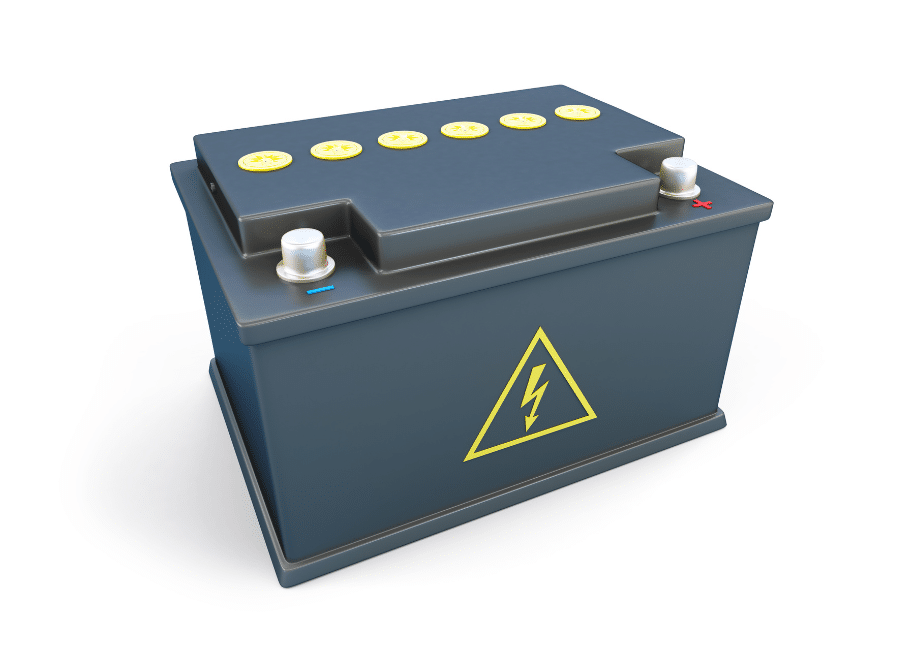
Image Source: Canva
Reserve capacity battery refers to the amount of time that passes when a fully charged battery supplies 25 amps of electricity at 80 degrees Fahrenheit before it discharges to 10.5 volts.
Reserve Capacity vs Amp-hours

Image Source: Canva
The amp-hour rating of a battery is a valuable indicator of how long it will last. The ampere-hour rating is intended to indicate to buyers the maximum amount of continuous current that a battery can provide for one hour. The amp hour rating is often expressed in milli-amp hours, or milliWh, for tiny batteries such as those used in personal vaporizers or conventional AA batteries (mAh). The capacity of large batteries is measured in ampere-hours, or Ah.
The trick is to convert your knowledge of watts into amps at the battery voltage. Assume, for the sake of argument, that you need to power a 250-watt 110-volt AC light bulb for 5 hours while traveling. Power in amperes (at 12 volts) is calculated by dividing watts by voltage: 1470 watt-hours divided by 12 volts is 122.5 amp-hours.
Depending on the device being used, a 100Ah battery may last anywhere from 36 minutes to 120 hours (running a 2,000W appliance)
Furthermore, RC on a battery is a fascinating issue. Based on the battery terms and terminology guide explained, reserve capacity is just a way to quantify how long a battery can keep going without being recharged, whereas amp-hours is a measure of how many amps the battery can provide for an hour. Cold Cranking Amps are another way of measuring a battery’s capacity to kick-start an engine when the temperature outside is low.
Reserve capacity rating
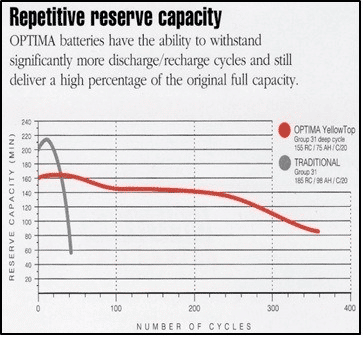
Image Source: Military Battery Systems
This is another significant feature of the Optima battery that sets it apart from the competitors. The figure clearly shows that Optimas Yellow Tops can be recharged to a larger proportion of their rated Reserve Capacity after being subjected to many more discharge/recharge cycles (RC). Unlike a flat plate battery, the Optima maintains a higher percentage of its initial RC as the battery matures.
How many amp-hours is the reserve capacity?
Powering an inverter requires a higher reserve minutes rating than what most boaters consider when shopping for batteries. The amount of time a 12V lead-acid battery can handle a 25-amp load and still maintain a voltage of 10.5 volts is referred to as its reserve capacity.
How to convert reserve capacity to amp hours?
It’s tempting to give up in the face of the almost endless variety of shapes, sizes, and lithium battery manufacturers. Well, having knowledge of battery characteristics may greatly aid in locating the appropriate battery. Be sure that consumers are comparing similar batteries while doing price research. The larger the battery reserve capacity, the longer a fully charged battery can operate before dipping below a certain voltage.
To know how to calculate a battery capacity take a look at the amount of time a battery can store as a backup which is shown in minutes. A completely charged battery is required for determining its RC. The battery is discharged at 80 degrees Fahrenheit while drawing 25 amps until the voltage reaches 10.5 volts or less. The battery’s reserve capacity is equal to the number of minutes it takes for this to happen. Get the amp hours by dividing the RC by 60 and then multiplying the result by 25.
Reserve Capacity Calculator
Reserve capacity is just a way to quantify how long a battery can keep going without being recharged, whereas amp-hours is a measure of how many amps the battery can provide for an hour. Get the amp hours by dividing the RC by 60 and then multiplying the result by 25. Find the reserve capacity of the battery by dividing the amp hours by 25 and then by 60.
You may calculate the amp hours stored in a battery by using the following formula.
AH=BR∗60∗25/3,600
What we’re talking about here is amp hours, or Ah. Battery reserve capacity (BR) (minutes)
Taking the reserve capacity of the battery in minutes, multiply that number by.41666 to get the amp hours.
The table below shows the conversion of reserve capacity in minutes to amp-hours. If you want to know more how it was calculated or simply get the answer to your question, simply visit amp hours and reserve capacity calculator.
| Reserve Capacity (minutes) | Amp-Hours |
|---|---|
| 120 reserve capacity | 50 amp-hours |
| 140 reserve capacity | 58.33 amp-hours |
| 180 reserve capacity | 75 amp-hours |
| 210 reserve capacity | 87.5 amp-hours |
Where is the battery reserve capacity used and what are the good or highest Common sectors that think highly of reserve capacity?
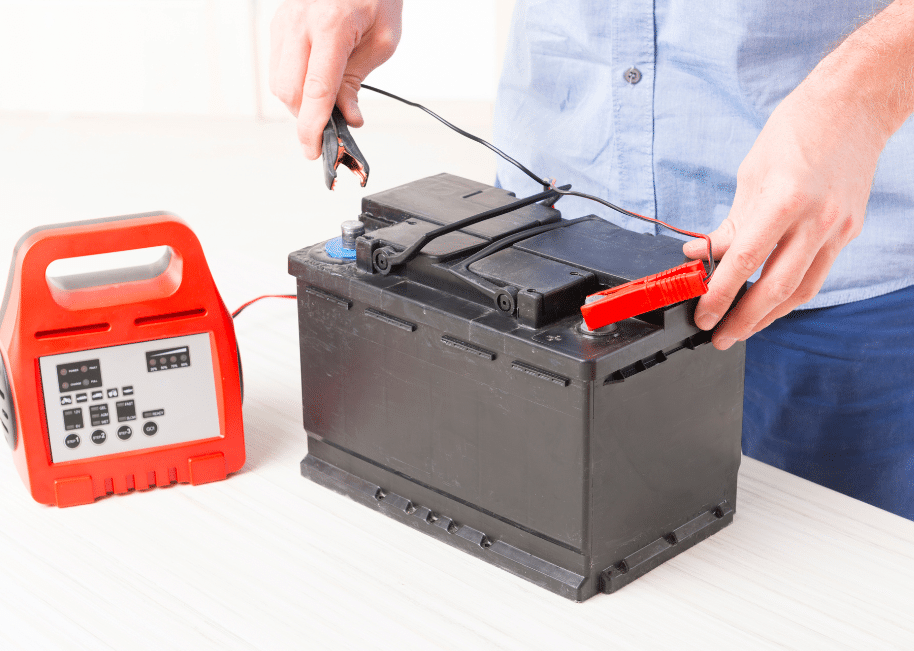
Image Source: Canva
You may calculate the battery’s runtime under constant loads by measuring its reserve capacity.
Here are some types of applications that you should know since reserve capacity plays an important role in these aspects:
- Automobiles’ Audio or Video
- Cars that race without alternators
- Casting motors
- Sport Utility Vehicles
- Use in cases of emergency or reserve
- Battery deep cycling applies to every scenario
Highest Reserve Capacity Marine Battery
Before voltage declines, a marine battery should achieve 25 amps. Any less is a low-quality battery. Motor Marine Battery should be ideal.
Highest Reserve Capacity Car Battery
Car batteries range from 300 to 600 CCA. Living in a cold environment may need a battery of 650 to 800 CCA.
High Reserve Capacity Deep Cycle Battery
A deep cycle battery, like marine batteries, should be able to achieve at least 25 amps before the voltage declines.
Highest Reserve Capacity Battery
Reserve capacity at 25A is 160 minutes is an ideal one. The battery can deliver 25 amps for 160 minutes at 25 degrees Celsius.
How to test battery reserve capacity
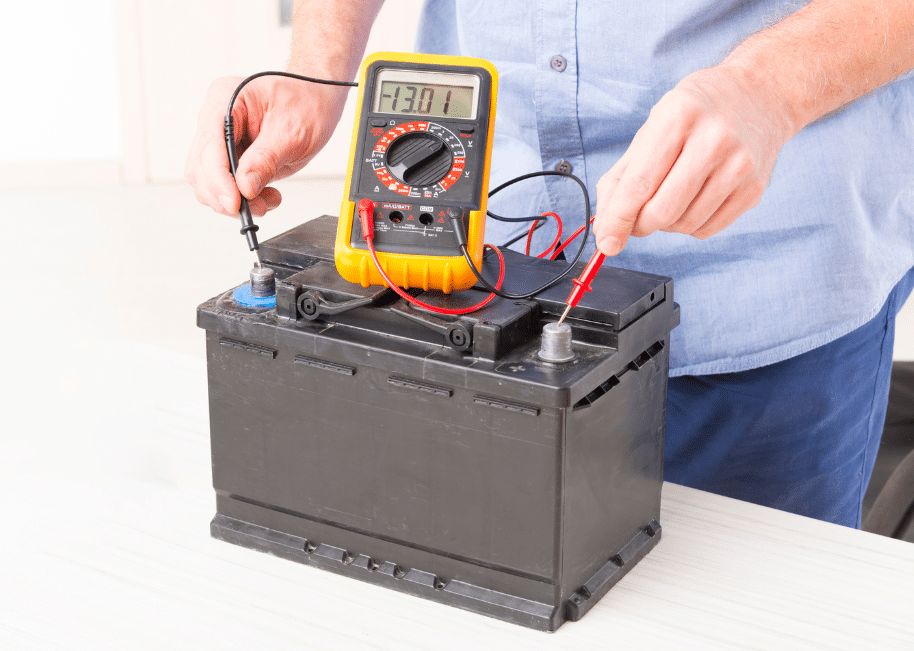
Image Source: Canva
Reserve Capacity is the length of time in minutes a 12V battery can be used before falling to 10.5V. Reserve minutes are the unit of measurement. A Sunlypower 12-volt lithium-ion deep-cycle battery, for instance, has a 120-minute reserve capacity before the voltage dips to 10.5 volts.
However, this is usually dependent on how the battery is charged and how it is put to use. The duration varies widely, from a few months to many years. In addition, the temperature has a significant role, thus monitoring it is essential.

